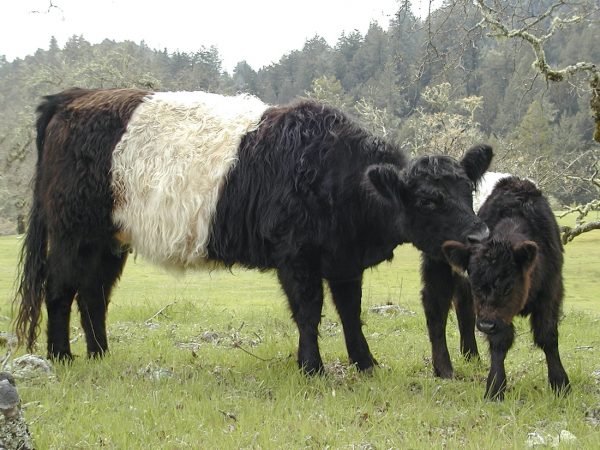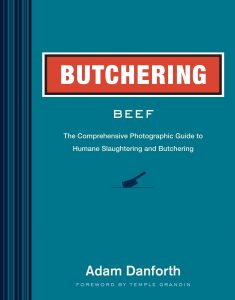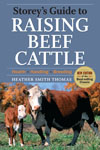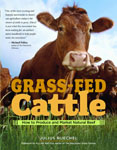
Breed Facts
Status:
Watch
Use:
Beef
Adult Weight:
1600 – 1000 lbs.
Temperament:
Docile
Experience Level:
Novice – Intermediate
Notes:
Polled; long haired; efficient, “light” grazers; high quality beef; can tolerate warm climates
Country of Origin:
Scotland
BELTED GALLOWAY CATTLE
Galloway cattle originated in the rugged hill country of southwestern Scotland. The native cattle of this region were consistently hardy and thrifty, though they varied in color, conformation, and horn type. Between the late 1700s and early 1800s, the Galloway breed was developed through selection for more standardized, polled beef cattle that retained environmental adaptation. Galloways came to be celebrated for their efficiency on rough forage, maternal ability, and high-quality beef. Their herdbook was established in 1877.
The origin of the belted color pattern is not clear. This pattern occurs in several breeds found in different places, most notably in the Netherlands’ Lakenvelder cattle, also called the Dutch Belted in North America. The belted pattern has been selected against and has disappeared from some breeds like the Welsh Black and the Kerry. However, the belted pattern of the Belted Galloway has been defined as standard for all animals of the breed. A separate herd book for belted cattle was established in Scotland in 1928, and this division of the strains by color has led to the formation of the Belted Galloway breed. This breed remains very similar to the Galloway and shares most of its other characteristics. The most common Belted Galloway color is black with a white belt, but they are also found in red and dun with a white belt.
Belted Galloways were imported to North America beginning in the 1940s, and the Belted Galloway Society in the United States was founded in 1951.
Beneath the flashy appearance is a very useful animal. The Belted Galloway is well adapted to cold, rugged climates; as part of this adaptation, the cattle grow a shaggy hair coat (a “double coat”) in the winter. In the summer, Belted Galloways shed this coat and tolerate warm climates better than most other cold-adapted cattle. Galloways are medium in size, with cows weighing about 1,000 lbs. and bulls about 1,600 lbs. Cows show strong maternal instinct, including the ability to protect calves against predators. They are polled.
Belted Galloway beef, like that from Galloways and other Scottish breeds, is of high quality and can be marketed in a variety of specialty niches, including grass-fed and organic beef. The long body conformation increases the production of high-priced cuts of beef. Hides may be used to make rugs, and the belting pattern combined with the shaggy hair makes these products distinctive and attractive.
In Europe, the breed is considered a “light grazer,” meaning that its relatively light bodyweight makes it preferred for grazing where heavier animals would damage marginal lands. Belted Galloways are also known for their browsing ability and ability to graze coarse grasses that other breeds avoid, giving them added value in the management and diversification of grasslands.
Their hardiness and gentle temperament as well as their attractive coloring make them a favorite choice for beginning farmers.
Did you know:
You don’t have to raise livestock to be a member of The Livestock Conservancy. Join foodies, fiber artists, history lovers, biodiversity fans, and those who value sustainability in changing environments. Together, we can save endangered breeds of livestock and poultry from extinction. Click here to learn more.
You may be interested in…

Breed Facts
Status:
Watch
Use:
Beef
Adult Weight:
1600 – 1000 lbs
Temperament:
Docile
Experience Level:
Novice – Intermediate
Notes:
Polled, long haired, efficient grazers, high quality beef, not suited for warm climates
Country of Origin:
Scotland
You may be interested in…




